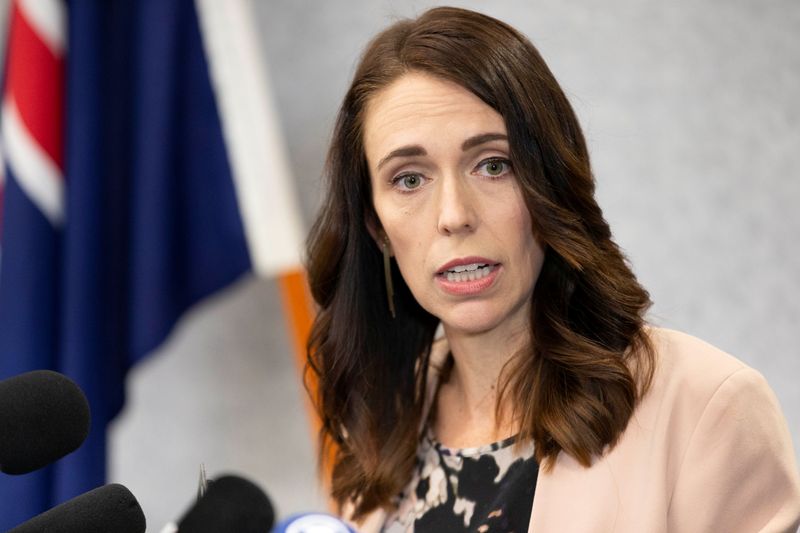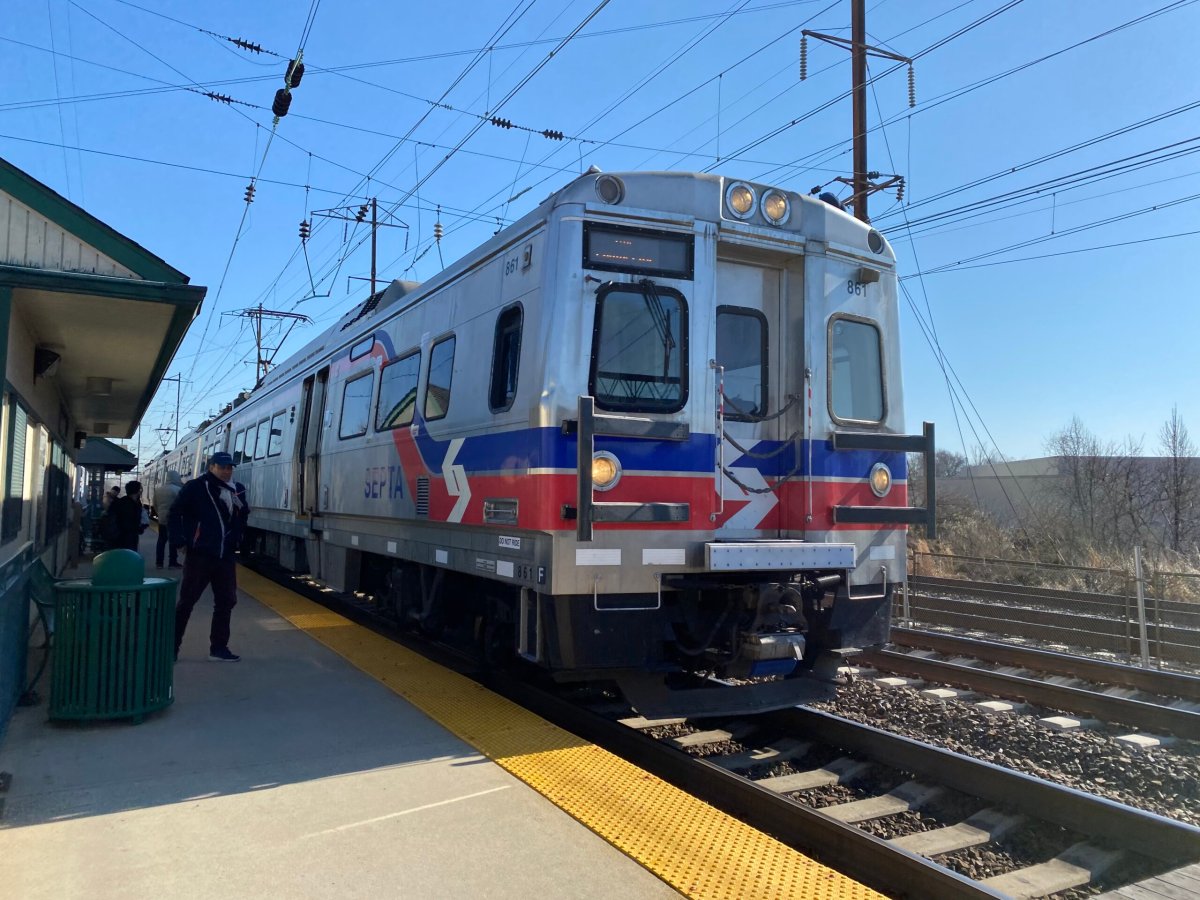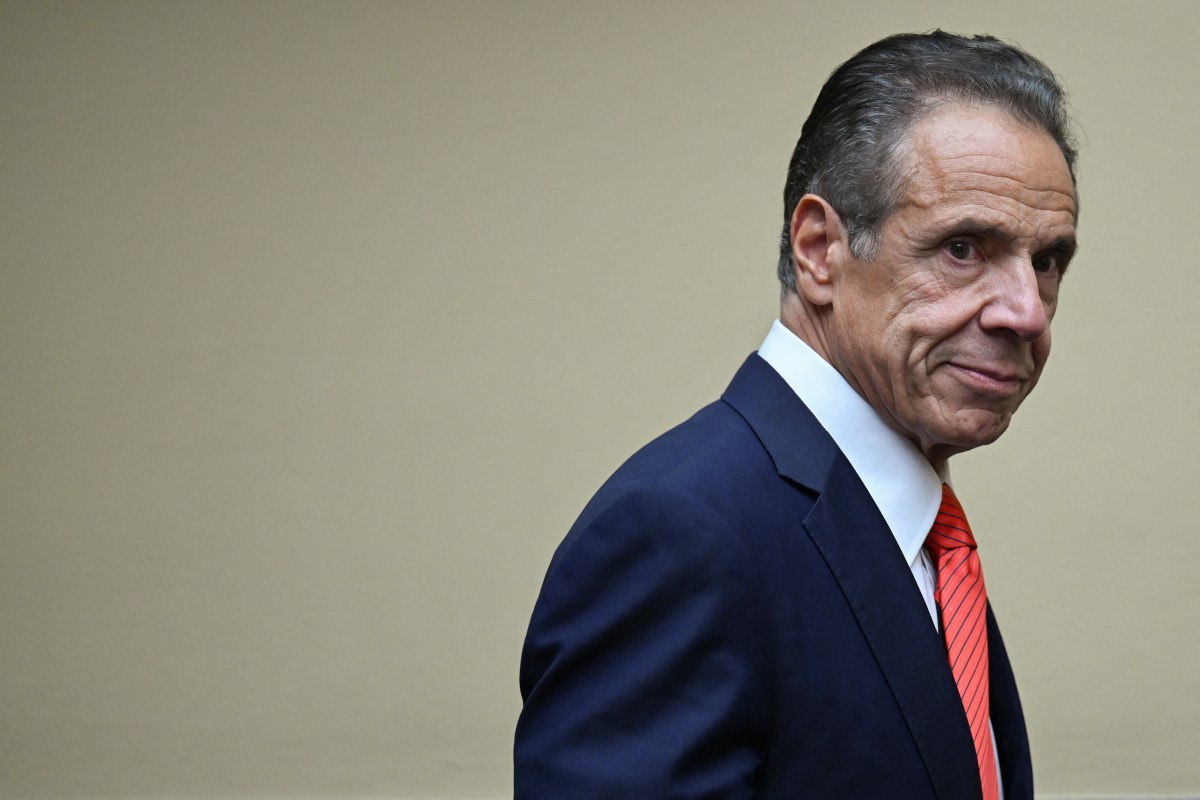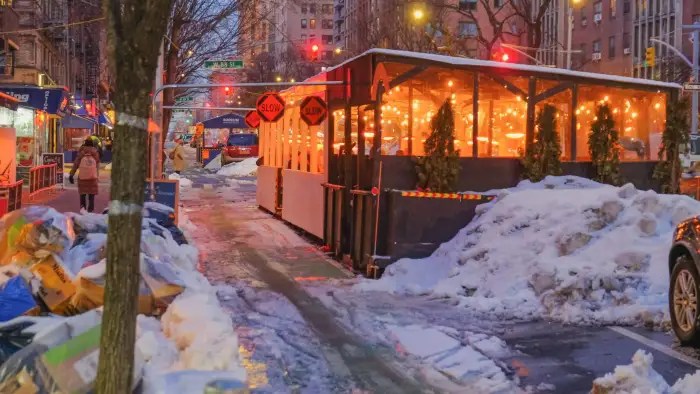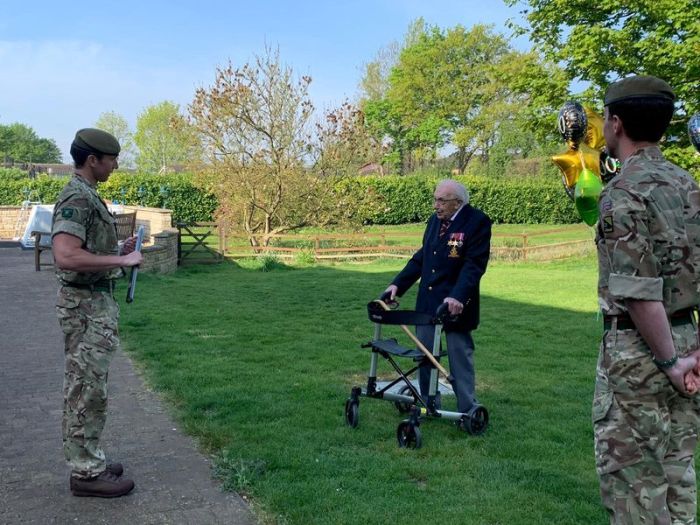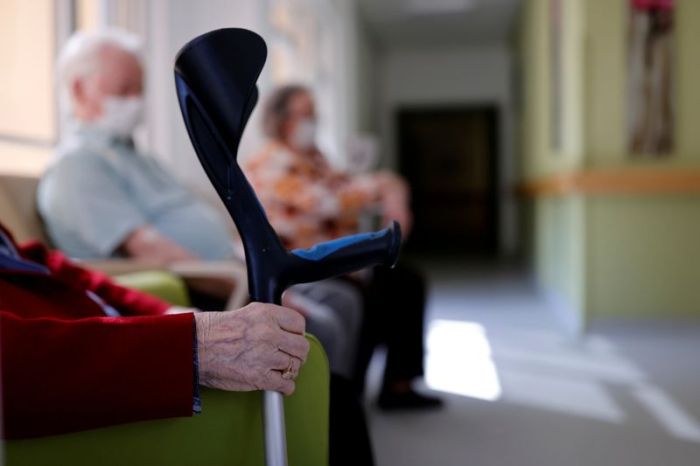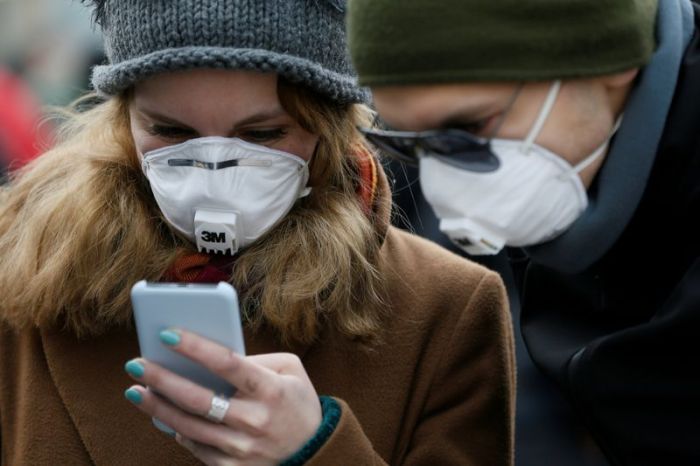WELLINGTON (Reuters) – New Zealand will next week ease some of the world’s strictest lockdown measures taken to tackle the novel coronavirus pandemic, Prime Minister Jacinda Ardern said on Monday, after a month of tight restrictions slowed the spread of the disease.
The Pacific nation of 5 million introduced its highest lockdown measures in late March, shutting down offices, schools and all non-essential services including bars, restaurants, cafes and playgrounds.
New Zealand move out of alert level 4 on April 27, a few days longer than the scheduled one-month lockdown, after which it will be in alert level 3 for two weeks, Ardern said in a news conference.
“On the recommendation of the Director General of Health, who is confident there is currently no widespread undetected community transmission in New Zealand, today we are able to take a balanced approach in transitioning through alert levels and restarting our economy,” Ardern said.
The New Zealand dollar <NZD=D3> jumped about half a percent after the announcement, rising from negative territory to $0.6050, its highest in three sessions.
Construction, manufacturing and forestry businesses would be allowed to operate under the new rules, meaning hundreds of thousands of people will resume work, local media reported.
Shops, malls, hardware stores and restaurants will remain shut under alert level 3, but can permit online or phone purchases.
New Zealanders stuck at home for a month were immediately on social media asking whether restaurant takeaways and malls would open, while checking rules for travel and resuming acitivies including bush walks and surfing.
The government has said swimming at the beach, a day walk, or fishing from a wharf would be allowed in level 3. Experienced surfers would be allowed, and tramping and biking is ok for day walks on easy trails.
Some travel would be permitted around the country for essential services and a handful of other cases.
Air New Zealand <AIR.NZ> Chief Revenue officer Cam Wallace said there was significant spike in bookings just five minutes after Ardern’s announcement.
“The line graph is trending upwards, haven’t seen that in weeks!” he tweeted.
Schools will be able to open partially up to year 10 but attendance will be voluntary. Funerals and weddings will be able to go ahead, but limited to 10 people.
Ardern said she still wants the vast majority of people to work and learn from home.
NEXT PHASE
New Zealand’s hard and fast lockdown approach, shutting its borders and announcing a state of national emergency before it recorded a coronavirus death – has been credited with containing the highly contagious disease.
Just nine new cases of COVID-19 were recorded on Monday and no new deaths, taking the total to 1,440 cases with 12 fatalities.
Decisions on whether restrictions can be relaxed further will be made on May 11, Ardern said.
“If we want to make sure that we are a health success story, and ensure our economy can start to operate again without the virus taking off, we need to get the next phase right,” she said.
“The worst thing we can do for our country is to yo-yo between levels, with all of the uncertainty that this would bring.”
New Zealand has scaled up testing, with more than 85,000 people tested. The country’s transmission rate, the number of cases each person with the virus passes it onto, is now 0.48, less than half a person each. Overseas the average is 2.5 people, Ardern said.
Interactive graphic tracking global spread of coronavirus: open https://tmsnrt.rs/3aIRuz7 in an external browser.
(Reporting by Praveen Menon; Additional reporting by Tom Westbrook in Singapore; Editing by Lincoln Feast)

